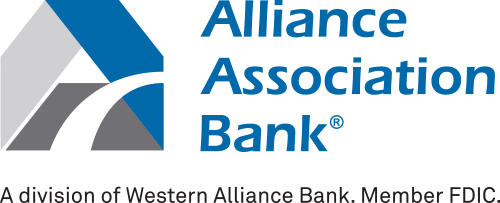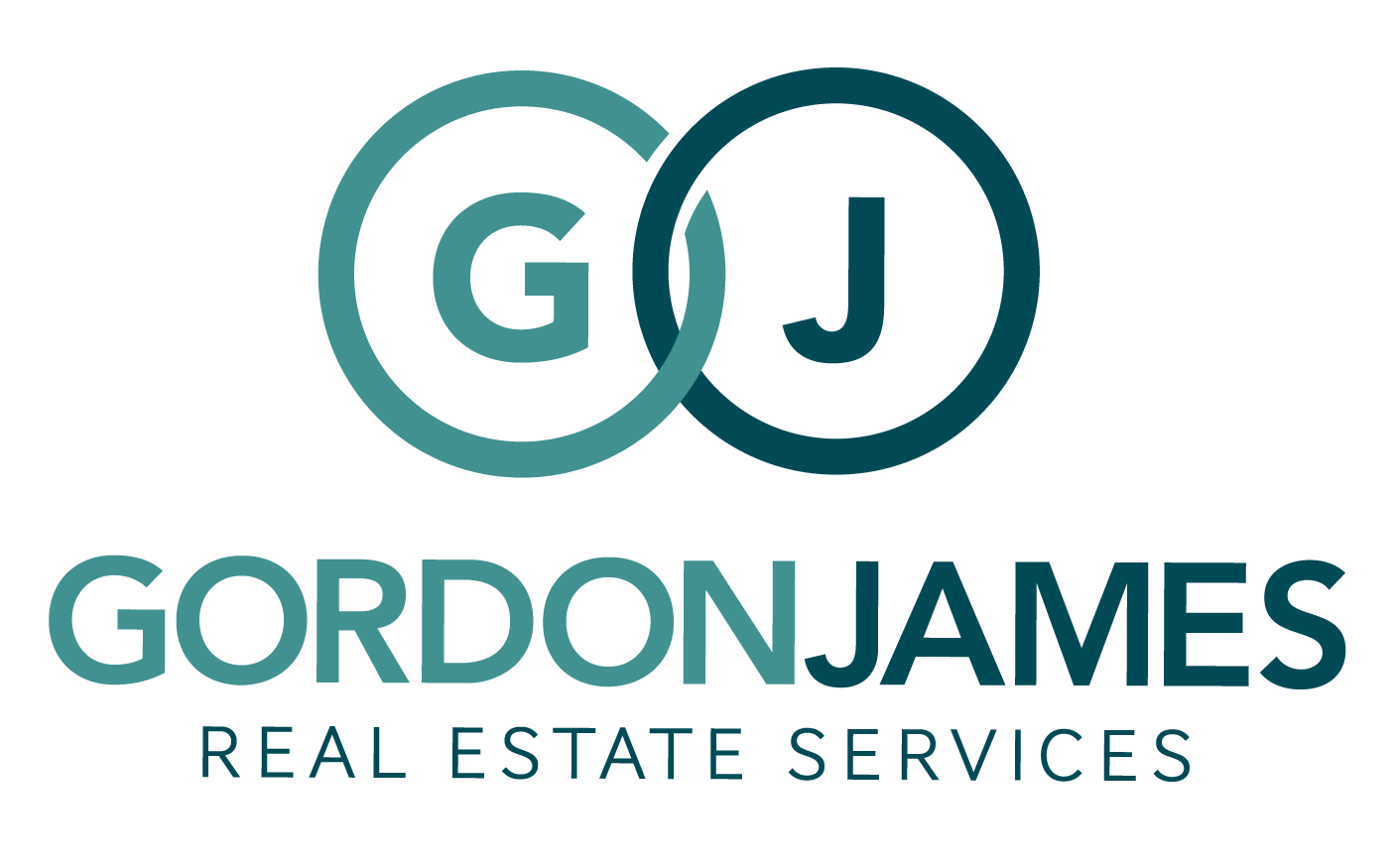Is It Legal To Reinstate An HOA That Has Been Dormant For A While?

Homeowners associations can become dormant over time, pausing all activities and responsibilities. After years of dormancy, though, is it possible to reinstate an HOA and resume operations?
Browse By Category
Sign up for Our Newsletter
Homeowners associations can become dormant over time, pausing all activities and responsibilities. After years of dormancy, though, is it possible to reinstate an HOA and resume operations?
The Need to Reinstate an HOA
Forming a new homeowners association is rather easy. While state laws can differ in this arena, it generally only requires an establishment of a nonprofit corporation and the recording of certain documents with a government agency. Once an HOA starts up, the only thing homeowners need to do is to keep it going by following the guidelines provided in the governing documents.
Sometimes, though, an HOA can become dormant. This can happen when homeowners fail to keep the association running. An HOA may stop holding meetings, halt the collection of dues, and even forget or intentionally skip the election of new board members. And this can go on for many years without complaint so long as no problems that require HOA action come up. Many homeowners may even be oblivious to the change.
Dormant HOAs are more common than people think. It can also be the result of a developer handing over the association to homeowners without guiding them through the ways of the HOA. Other times, no homeowner simply wants to serve on the board.
But then, an immediate need for association action may arise. A natural disaster may hit and damage common areas, requiring the association to make repairs. This is typically what really gets the attention of homeowners. After going on for years without an HOA, the need for one suddenly becomes apparent. Fortunately, it is possible to reinstate an HOA.
How to Reinstate an HOA
There are many regulations homeowners can look to when starting a new association. But, when it comes to reinstating an HOA, not a lot of guidelines exist. If you need to reinstate your association, here are the most critical steps to follow.
1. Check State Laws
 The first thing you need to do is check your state laws. There may be special regulations in your state governing the re-establishment of an HOA.
The first thing you need to do is check your state laws. There may be special regulations in your state governing the re-establishment of an HOA.
Many state laws also dictate how associations must operate, including the proper way to hold board meetings, how financial reports must be prepared, etc.
2. Check Governing Documents
The next thing you need to do is review your governing documents, particularly the bylaws and the CC&Rs. The bylaws will contain provisions concerning the following:
- How often to hold board meetings
- Format of board meetings, including notice requirements and agendas
- Election procedures
- Board member terms and qualifications
- Voting rights of homeowners
- Quorum requirements
- Board member roles and responsibilities
On the other hand, the CC&Rs focus more on the operations of the community. Sample provisions found here include:
- Maintenance obligations of the HOA and homeowners
- Financial obligations of homeowners (including paying regular dues and special assessments)
- Covenant and rule enforcement procedures
- Fine schedules
- Dispute resolution
- Architectural standards and guidelines for application
Restarting a dormant HOA requires an understanding of both state laws and the association’s governing documents. This will allow you to identify what processes and procedures have lapsed or been missed during the dormancy period.
3. Seek Legal Counsel
It’s always a good idea to ask an attorney for help when reviving an HOA. This is because not all homeowners have the expertise required to understand the provisions of the law and the HOA’s governing documents.
Additionally, there may be provisions in the bylaws that conflict with the regulations of the law. An attorney with experience dealing with HOAs can reconcile all this information and help homeowners get back on track.
4. Reinstitute HOA Board
If the association has been dormant for a while, it’s likely that there is no HOA board in place anymore. As such, the next step is to reinstate an HOA board.
Of course, now that you know the proper procedures for elections and meetings, it’s important that you follow them. This way, you can elect new board members validly. Most governing documents will allow homeowners to call for a special meeting if a certain percentage is met.
Some states also have similar laws. For instance, in California, Corporations Code Section 7510(e) allows special meetings to be called on by the board or 5% of the membership for any lawful purpose.
It’s equally important that you announce the agenda for the meeting. In this case, it’s to elect new board members. To continue with elections, you will need to recruit candidates and then vote on them at the meeting with a quorum. Make sure to follow your community’s election rules down to the letter to avoid any claims of invalidity.
5. Catch Up on Lost Time
 With an HOA board in place, the final step is to catch up on association business. There may be a lot to do, depending on how long the HOA has remained dormant.
With an HOA board in place, the final step is to catch up on association business. There may be a lot to do, depending on how long the HOA has remained dormant.
First, the newly elected board should assign officer positions. After that, it can get started on reviewing what happened during the association’s dormancy.
It’s more than likely that the HOA and its members weren’t compliant during that period. There have probably been many missed meetings, no records or minutes, and no collection of dues.
To get back on track, the board should restart all of the association’s protocols and procedures. Start planning the budget, collecting dues, and enforcing the rules. It’s possible to encounter some pushback from other homeowners on this, but it’s best to explain to them that the HOA is necessary to keep the community in good order.
This is also the perfect time to assess the physical condition of the HOA property. Are any urgent repairs needed? What level of maintenance do common areas require? It’s also a good idea to update the reserve study to ensure the association has enough funding for major repairs and replacements.
Better Active Than Dormant
Many homeowners associations allow themselves to fall dormant, either due to a lack of willing leadership or general neglect. Considering the role HOAs play in preserving property values, though, it’s better to keep them active. Luckily, it’s absolutely possible to reinstate an HOA and resume operations.
Reinstating an HOA often comes with hardships that many homeowners aren’t prepared for. This is where an HOA management company can help. Start looking for the best one in your area today using our online directory!
RELATED ARTICLES:
- What Is A HOA Board Member Holdover?
- Spouses On The HOA Board: Is That Legal?
- HOA Board Qualifications: Can You Become A Board Member?
Trending Now
Related Article
Sign up for Our Monthly Newsletter
Sign up below for monthly updates on all HOA Resource















